The best running shoes to avoid the dreaded shin splints

Many athletes must rely heavily on their legs to perform their duties, particularly runners and dancers. As a result, these athletes are prone to injury when using their legs. Whether you’re new to these sports or a seasoned professional, sore shins are a common occurrence for anyone. Generally, the pain runs from the inside of the shin to the interior (medial) part of the lower leg. It is often called ‘dreaded shin splints. An athlete who suffers from shin splints will usually feel dull pain after exercising. Eventually, the pain will become more pronounced during exercise. Furthermore, it can lead to shooting pains along the shins and prevent individuals from exercising in severe cases.
The condition may be caused by excessive stress on the muscles directly attached to the surface of the tibia (or shin bone) or the fascia (connective tissue). As muscles contract, they pull on the outer layer of the bone (periosteum) and fascia. The inflammatory process will likely cause pressure to build up, leading to pain in the affected area.
Experts suggest that if you suffer from shin splints, you need to take a break from all physical activity and give your legs time to rest with rest and limited movement within a few hours or a few days.
Rest, ice pack and other self-care measures are usually sufficient to treat most cases of shin splints. Wearing appropriate footwear and modifying your exercise routine can help prevent shin splints from recurring.
It is suggested that you take two weeks off for downtime. While your legs are healing, you can engage in sports and activities that will not cause further damage, like swimming and walking.
If your shin splints are causing severe pain or you experience symptoms for several months, your doctor may suggest surgery. This procedure is a fasciotomy. To perform this procedure, your doctor needs to make small incisions in the fascia around your calf muscles. This can help relieve pain from shin splints.
Choosing a running shoe with the right amount of cushioning and support is one of the most effective ways to keep your legs pain-free.
To help you pick the right shoe for your needs, we’ve provided a list: Brooks has a well-deserved reputation for producing excellent running shoes. The Adrenaline GTS 21 follows in the footsteps of the brand’s generally impressive designs.
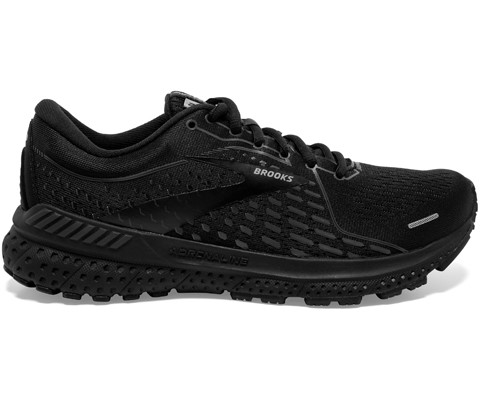
The shoe has guide rails that centre the foot in the shoe for overpronators (people who roll their feet inward like flat-footed peeps). Guide rails are light and comfortable – you won’t notice them unless your foot begins to fall inward. Other than that, you may not even realise they’re there.
The Brooks 21 features Brooks’ DNA Loft cushioning from heel to toe (an upgrade from the 20). With cushioning designed to respond to your stride, it feels soft but still supportive. Meaning it adds extra cushioning to your legs to help reduce the pain and strain of shin splints.
The Brooks Ghost 14 is among our favourite shoes because it feels awesome on high arches. The Adrenaline GTS 21s feature the same soft foam that runs from heel to toe for added comfort. This foam is contoured to balance softness and support, so it feels incredibly responsive. In addition to its spacious toe box, this shoe features a narrow heel cut made for runners with narrow heels that always fall off.
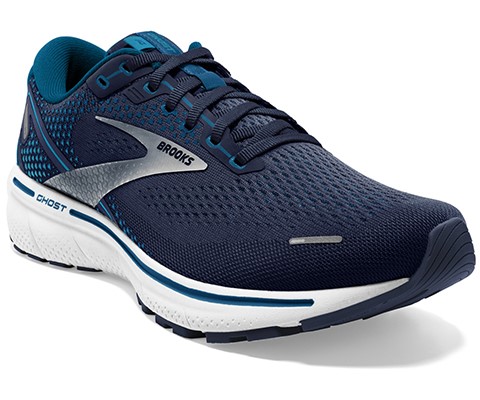
ASICS Gel-Kayano 28 is another of the best performing running shoes. It is a staple among runners who want to run long distances.
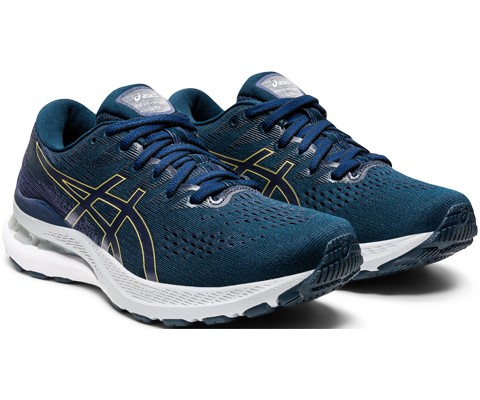
This shoe is for you if you have ankle or arch problems because of overuse. Long runs benefit from gel cushioning in the heel and absorbent foam in the midsole that prevents shin splints.
A special support system replaces the traditional medial post (a foam wedge intended to prevent overpronation). The support system is essentially a piece of foam that slopes inward to prevent your foot from rolling inward. In addition, this type of support may not be comfortable for someone with a neutral gait, and it is not recommended for people who are under pronate.
Here’s how to choose the best running shoes for shin splints
Fit
Shoes should fit snugly but not too tightly. Ensure the heel cup doesn’t slip. You may need a shoe that locks your heel in place or has a narrower cup if you have thin heels. If you’re an avid long-distance runner, you’ll need to go up a half or full size to accommodate the swelling.
Support
Take into account the biomechanics of your feet when choosing your support. If you have flat feet and overpronate, you may need a shoe with a lower arch or a guard rail to help keep your foot centred in the shoe.
The arches of runners with high arches don’t flex enough, so they need a lot of cushioning and support.
Running shoes with guard rails or neutral shoes can help runners who supinate (roll their foot outward).
Cushioning
Cushioning plays a huge role in preventing shin splints because it absorbs the shock that can strain the lower leg muscles, ligaments, and tendons. As you run, you need more cushioning. The cushioning takes the pressure off your legs, and that’s precisely what you want.
Durability
There are ultra-cushioned shoes that are extremely lightweight AND offer long-lasting cushioning for 300 to 500 miles.
You should keep in mind that runners with higher body weight may wear out the shoe’s support and cushioning system more quickly than those with lower body weight, so you should replace your running shoes more often to avoid shin splints. Since every person has a different set of feet and running style, there is no one-size-fits-all running shoe design that prevents shin splints. It is important to research other brands and shoes if you want the best fit. Running shoes from Stringer Sports Store is affordable, durable and designed to help you stay with your running journey for a longer period. There is a huge selection of the most popular running shoe brands in the store, including Nike, Mizuno, Brooks, Puma, New Balance, and ASICS. You can browse their vast selection online before you visit their store.
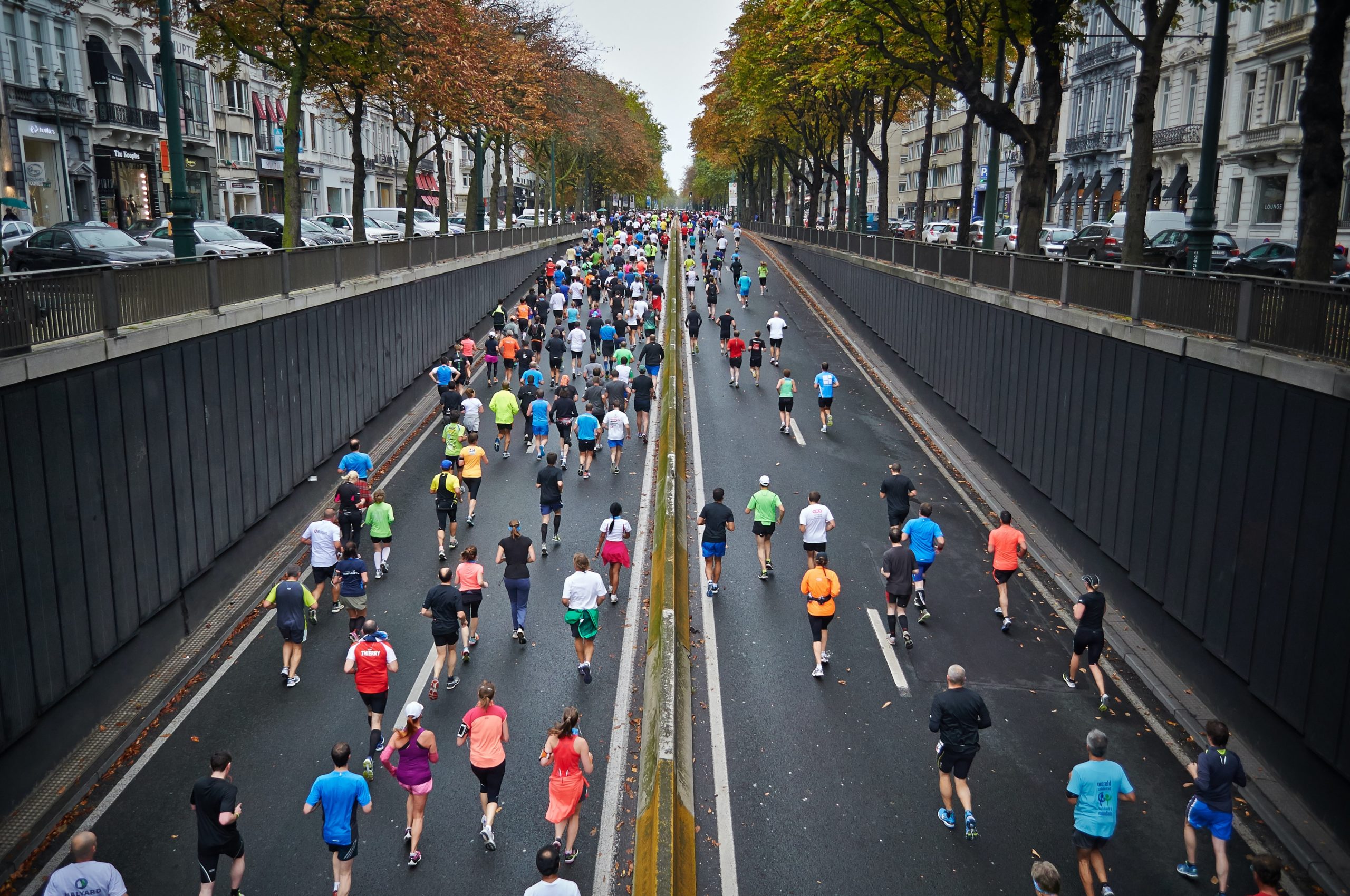
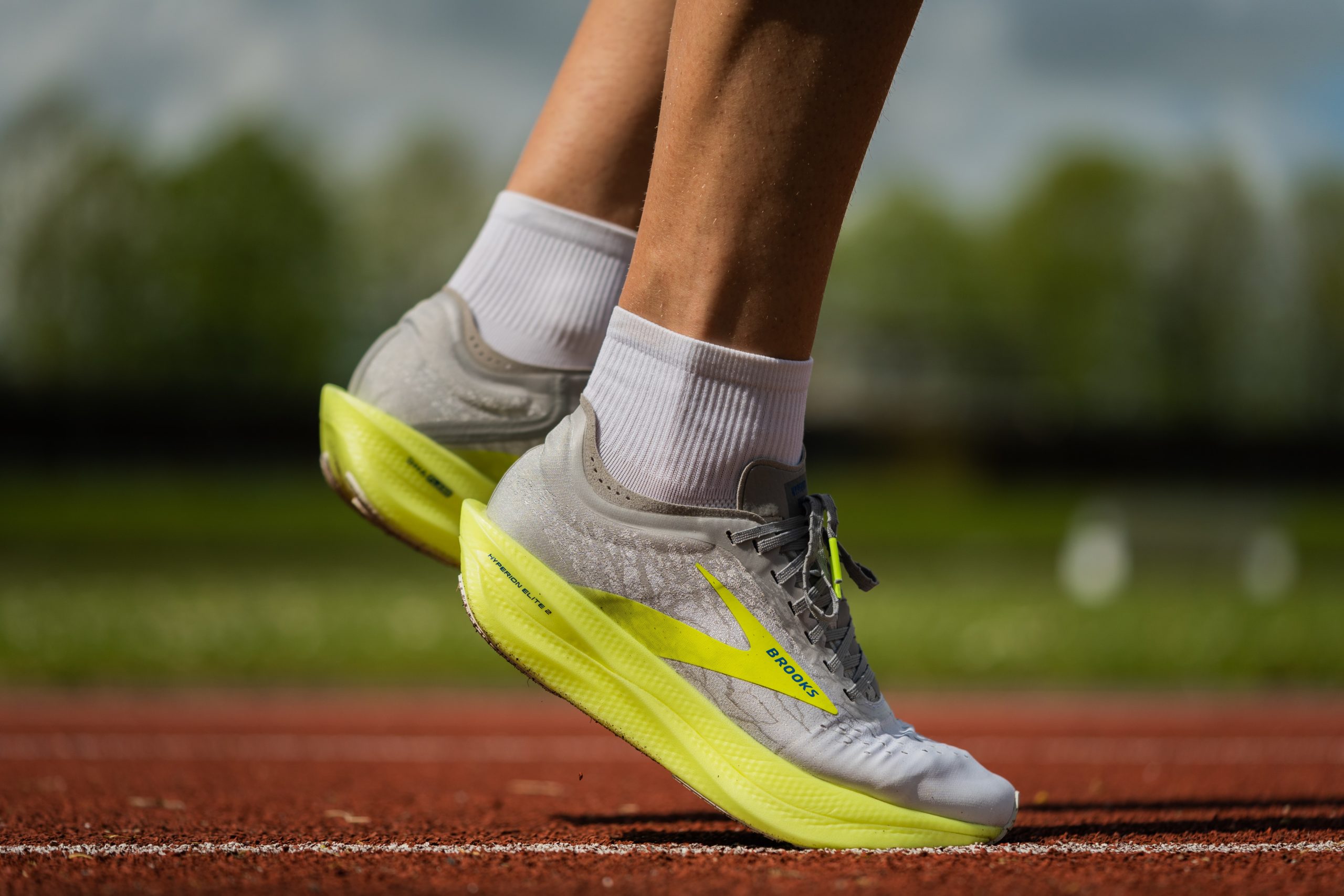
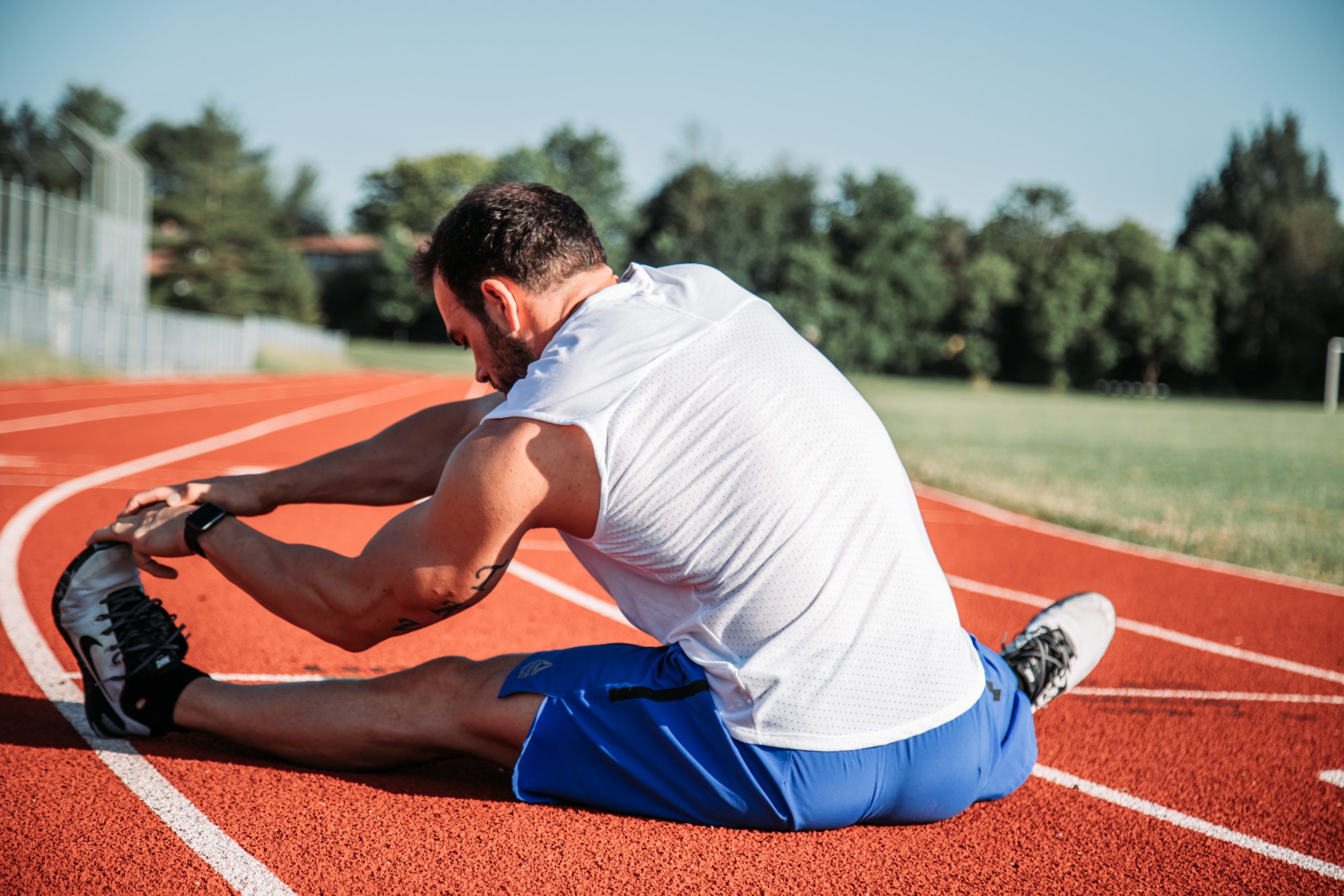

Get All The Latest News And Special Offers
Follow Us On Facebook
Facebook